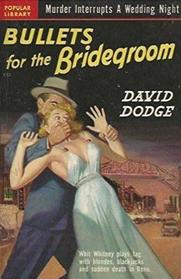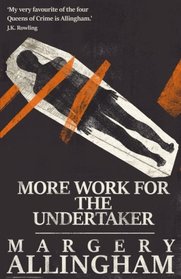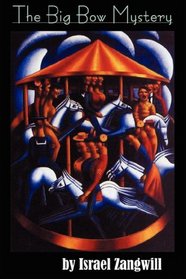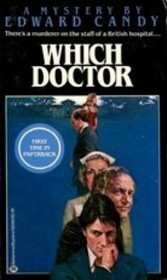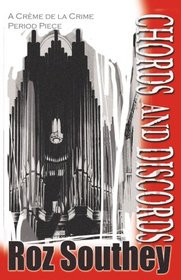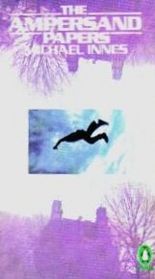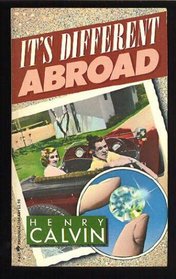Bullets for the Bridegroom by David Dodge
Review by Matt B. (BuffaloSavage)
Dodge’s series hero was certified public accountant Whit Whitney. Contrary to the stereotype of an eye shade wearing Kaspar Milquetoast, Whitney does not hesitate to jump into conflicts with his fists, preferring them over handguns because they have the personal touch. He possesses smarts and class enough to attract Kitty, an attractive, intelligent, and game socialite. On display, then, is an amusing minimum of Nick and Nora-type byplay.
Walt and Kitty drive to Reno to get married by an old family friend who is a J.P. At the friend’s remote house, they meet two dodgy types. One is stout and suspicious, the other has gunsel written all over him. Walt and Kitty feel that something is wrong and ease themselves out of the house.
Thus begins their many adventures. I don’t want to give away what the dodgy types are up to, but note the book was written in 1944, during World War II. Whit and Kitty team up with a former buddy, Casey Jones, and his team to foil nefarious plans. The plot is mildly far-fetched, but the main attraction is Dodge’s deft characterization. Though Casey is a manly hero and Swede Larson is a noble savage both right out of the pulps, breathing with life are thug Jess Caldwell and casino-owner Lorenzo Colusa. Ditto for Pete Weston, a newspaperman and pal of Whit’s, and Gladys Warren, a “pocket-size taffy blonde.” Colorful too are the Greek restaurant owner John Masilikos, stable owner Alex Hotaling, dice croupier Harry Jackson, and Sheriff Andy.
Besides being a CPA himself, Dodge had the keen eyes and ready pen of a travel writer so his descriptions of scenes and landscape are clear and vibrant. The final shootout rocks the ending of the novel. His most famous book is To Catch a Thief because it was made into a movie by Alfred Hitchcock. But fans and critics alike enjoy his other PI and crime novels, such as Plunder of the Sun, Death and Taxes, and The Long Escape for their crisp writing style, wild pace, and unpredictable plot twists.

